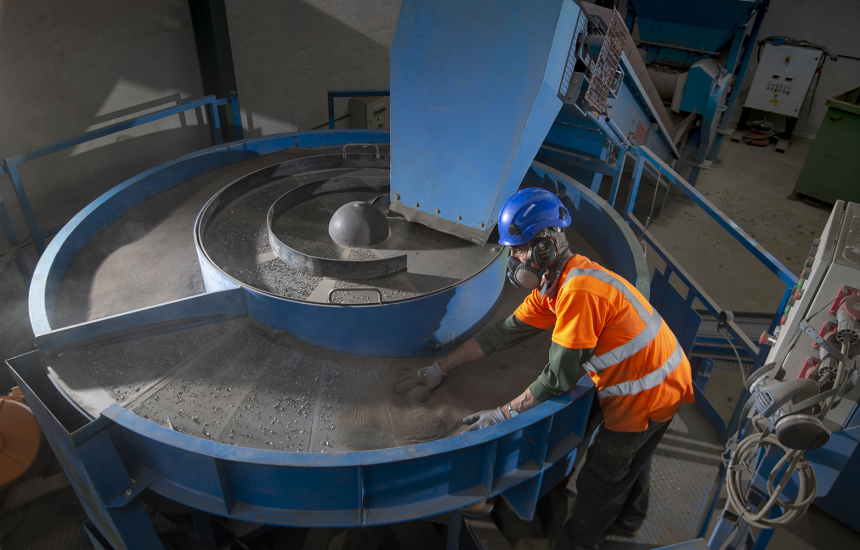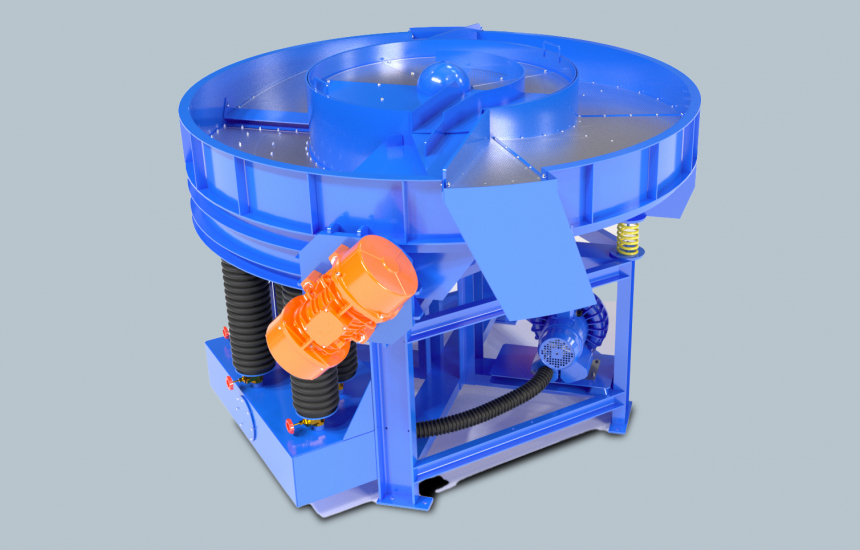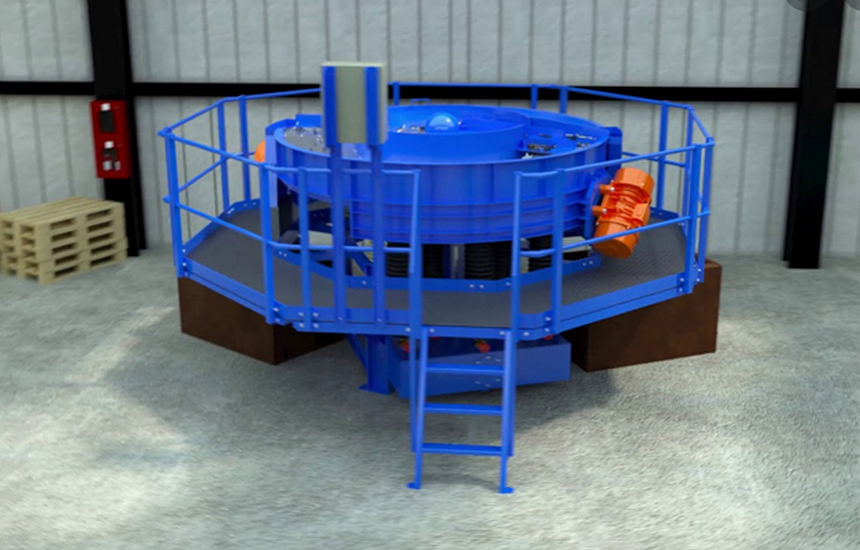Metal recovery technologies
The sorting of non-ferrous metals from mixed scrap residues warrants a careful selection and costing of technology.
The replacement of hand sorting by automatic equipment can be difficult to justify economically for such varying and mixed feed materials. Expensive systems using, for example, x-ray fluorescence, have not been taken up generally by the industry.
The use of wet separators also presents challenges, creating effluents that are becoming more difficult and costly to treat. SandFlo is a simple, robust and cost-effective solution to these metal recovery issues.
The SandFlo is handmade in the UK at BlakerTech’s manufacturing facility in the South East of England. They also provide full installation, training and support.
Cost effective dry separation
- A cost-effective system with high recovery performance
- An environmentally friendly, dry process with no contaminated effluent to treat
- The carbon footprint is less than 25% of an optical sorter
- A proven, commercial solution for upgrading non-ferrous fragmented scrap
- Requires a single operator and can recover 2-2.5 tonnes of material per hour
- By saving costs on manual pickers, SandFlo typically pays for itself within 12 months







